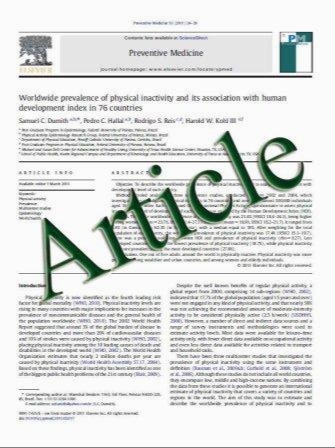Cutaneous yeast microflora in patients with atopic dermatitis
- نوع فایل : کتاب
- زبان : انگلیسی
- مؤلف : Aukse Zinkeviciene*1,2, Nemira Vaiciulioniene1,3, Irena Baranauskiene1,3, Violeta Kvedariene1,4, Regina Emuzyte5, Donaldas Citavicius2
- چاپ و سال / کشور: 2011
Description
The skin of persons with atopic dermatitis (AD) is very susceptible to cutaneous infection, and some yeast species may also aggravate AD. The total yeast population of an AD patient’s skin and its relation with individual age and body part remains poorly characterized. The aim of this study was to clarify the differences in cutaneous yeast flora by age and body parts of AD patients. By swabbing affected body parts (hands, legs, face, neck or trunk), 241 samples were collected from patients with AD (132 children and 109 adults), and as controls, 40 samples were taken from healthy individuals (20 children, 20 adults). In all, 89 (36.9%) of samples were positive; the yeast isolated belonged to three genera: Candida (27.4%), Malassezia (6.6%), and Rhodotorula (2.9%). Cutaneous colonization with yeasts was two-fold higher in the adults than in children (P<0.0001). The distribution of the yeast species was dependent on the body part sampled: Malassezia predominated in the face, neck, and trunk regions (P=0.0047); Candida more frequently colonized hands and legs (P=0.0029). Our study showed that cutaneous yeast flora and distribution of yeast species depends significantly on the age of the AD patient and the body part affected by atopic dermatitis.
Cent. Eur. J. Med Received 04 January 2011; Accepted 27 June 2011


